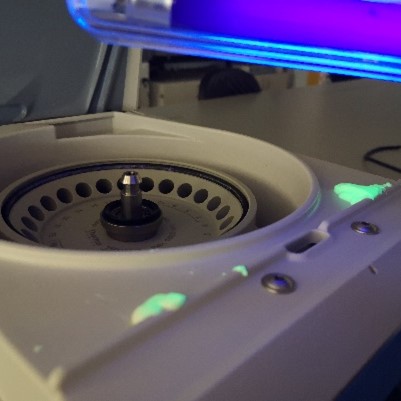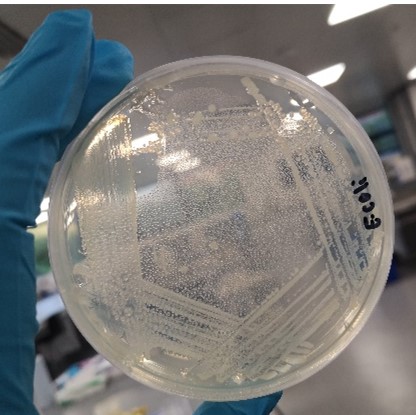Creating a professional social media account

IBMS member Laura Taylor, a Biomedical Scientist at Harrogate District Hospital, discusses the reasons she started a professional social media account.
Why you should start an account

It seems like everyone and their dog is on social media, so why should you get involved? As a biomedical scientist, you can use social media to share your work, which can help increase your professional profile. It’s also a great way to connect with others working in the sector. With the massive rise of Instagram, TikTok, and YouTube, science communication has an audience out there for you.
I was inspired to start my Instagram account because I took too many photos as a technician and wanted somewhere to share them. Whatever the reason you have, there are numerous benefits to sharing your work, research or experiences. Such as:
- Being able to connect with similar people, sharing struggles and ideas
- Practising the ability to communicate scientific research and ideas in ways that the public understands.
- Helping juniors in your field
- Educating the public on scientific news and development
- Making friends and professional connections outside of your area of work
- Networking for opportunities
- Being a creative outlet that educates people.
What you need to consider before you start

Before setting up a professional social media account, I recommend asking your manager first to ensure there will be no issues with what you post. Your workplace will have a social media policy, so you may need to check what images or videos you can take, what you’re allowed to share, and if you can state where you work.
It's important to read the HCPC revised standards of conduct, performance and ethics, which will come into effect from 1 September 2024, especially as they have updated their guidance on social media. Section 2 has some great advice about how you can meet the standards it sets.
I’d also double-check with your communications department to ensure they approve of what you are doing. For students at university, adhere to any social media guidelines your institution has and the rules about phones in labs.
Before you start to post, here are a few things to keep in mind:
- Pick a handle that tells people who you are or what you’ll be sharing. It’s ideal if it’s the same handle over all of your accounts
- Provide information in your bio about what you do; don’t overload this area, though
- To get some ideas or see what people like, follow some hashtags related to what you do
- Be original; everyone can create posts about the organisation, but what makes your experience unique or what do you actually find useful?
- When using hashtags on your posts, use “CamelCase”, where the first letter of each word is capitalised. This is so that people using screen readers can hear these words.
- Add an alternative description on images/videos.
- Follow people! Find accounts you enjoy, comment on posts and start making connections.
- Canva is a great free tool for creating graphics, and InShot is good for making videos.
- Experiment with photos, graphics and reels. Find what you enjoy posting!
- Typically, sharing honest experiences is relatable, and you’ll connect with people with similar experiences.
Conclusion

Social media is an excellent source of education, communication and ideas. It’s important to be aware of what you’re sharing and what you want to achieve with your account. Have fun with it and get creative!


